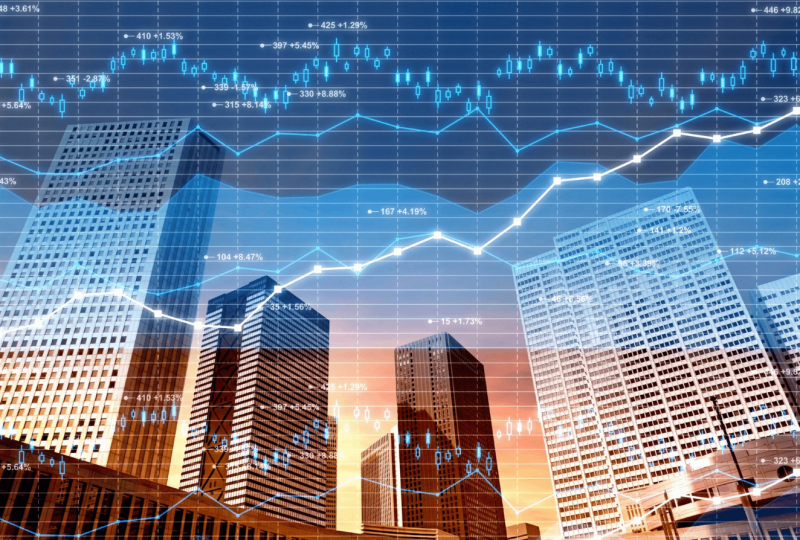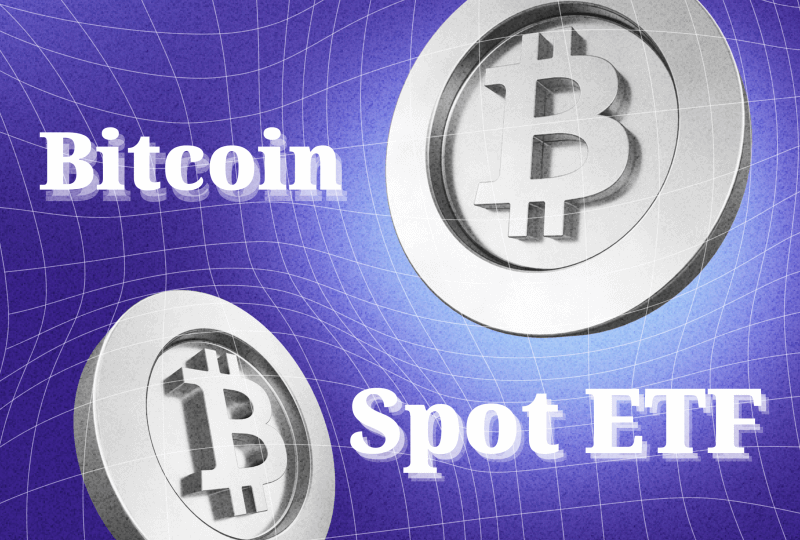U.S. Stocks Surge With Earnings in Focus
Apr 19, 2022

The main market indices rose on Tuesday as earnings reports got underway.
After falling 39 points on Monday, the Dow Jones Industrial Average closed up 501 points, or 1.5%. The S&P 500 gained 1.6%, while the Nasdaq Composite climbed by 2.2%.
So far, quarterly earnings have been mostly stronger than projected, but the market continues to be in a dip-buying mood.
"As we enter the early phases of first-quarter earnings season, we're seeing the type of resilience we generally associate with equity markets," said Craig Erlam, senior market analyst at Oanda.
Companies accounting for around a tenth of the S&P 500's market cap have reported results so far, and the total earnings-per-share outcome has exceeded forecasts by slightly more than 8%, according to Credit Suisse. Although investors expect more robust earnings, that isn't necessarily causing the stock market to rise.
Because stocks are increasingly seen as costly when bond rates rise, corporations will need to outperform profit projections by an even bigger margin to send their values much higher. According to Wells Fargo, the average post-reporting stock move of S&P 500 firms that reported earnings beats was somewhat lower than the overall index move as of Monday morning.
Truist Financial Corp. stock fell 1.2% as the business announced a profit of $1.23 per share, topping projections of $1.11 per share, on sales of $5.3 billion, falling short of expectations of $5.5 billion.
Lockheed Martin earned $6.44 per share, topping projections of $6.19 per share on revenues of $15 billion, which fell short of expectations of $15.5 billion. The shares dropped 1.5%.
However, there was one standout following quarterly results that was helping to raise the S&P 500. Johnson & Johnson shares rose 3.2% after the company reported higher-than-expected earnings. Other healthcare stocks rose as a result, with Medtronic up 2%. The Health Care Select Sector SPDR Exchange-Traded Fund increased by 1%. The healthcare sector is the second-largest by market capitalization in the S&P 500, accounting for approximately 14% of the index's total market capitalization.
Aside from profits, investors appear to be in a dip-buying mood, which might be the underlying driver of Tuesday's price movements. From the beginning of the year to Monday's closing, the S&P 500 had declined 7.8%. And market sentiment has reached a multi-decade low, according to Marko Kolanovic, chief global markets strategist at JPMorgan, who stated that some institutional investors have recently started buying up shares. When there is so much pessimism, investors usually become more bullish.
Nonetheless, the bond market is a drag on stocks. At 2.94%, the 10-year Treasury yield has reached a new pandemic-era peak. That's not a huge jump from Monday's closing level of 2.86%, but it might make stocks unappealing enough to drive some buyers out of the market shortly. The yield has already surpassed the long-term average annual inflation forecast of 2.92%.
This occurs after Federal Reserve Bank of St. Louis President James Bullard stated that a 75 basis point, or hundredths of a percentage point, interest rate rise, rather than the predicted 50 basis point boost, would not be ruled out as the Fed attempts to contain inflation. The Fed is also anticipated to begin cutting its asset holdings shortly, putting pressure on the price of Treasury securities and driving rates up.
Internationally, the pan-European Stoxx 600 sank 0.8% on Monday as investors returned from a holiday. The Nikkei 225 in Tokyo jumped 0.7%.
Meanwhile, the cryptocurrency market has had a tumultuous 24 hours, with Bitcoin—the leading digital asset—falling below $39,000 on Monday. Bitcoin prices have risen by 1.5% in the last day to almost $41,000, while smaller competitor Ether has increased by 1.4% to roughly $3,050.




